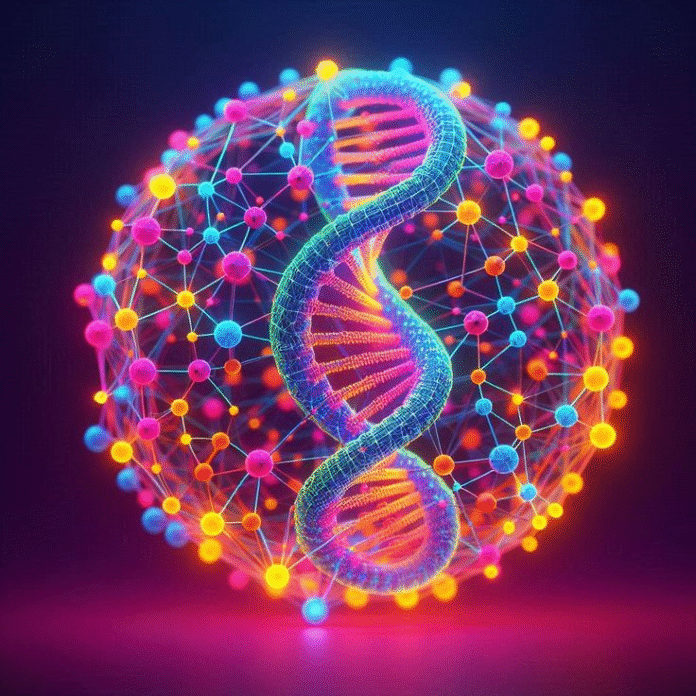A new approach breaks down complicated designs into modular building blocks for easy assembly from the bottom up.
Date : 10 July 2025
Source : Columbia University School of Engineering and Applied Science
Summary : Imagine if you could “print” a tiny skyscraper using DNA instead of steel. That’s what researchers at Columbia and Brookhaven are doing—constructing intricate 3D nanostructures by harnessing the predictable folding of DNA strands. Their new design method uses voxel-like building blocks and an algorithm called MOSES to fabricate nanoscale devices in parallel, with applications ranging from optical computing to bio-scaffolds. Unlike traditional lithography or 3D printing, this self-assembly process occurs entirely in water and could revolutionize the future of nanomanufacturing.
Full Story

When the Empire State Building was constructed, its 102 stories rose above midtown one piece at a time, with each individual element combining to become, for 40 years, the world’s tallest building. Uptown at Columbia, Oleg Gang and his chemical engineering lab aren’t building Art Deco architecture; their landmarks are incredibly small devices built from nanoscopic building blocks that arrange themselves.
“We can build now the complexly prescribed 3D organizations from self-assembled nanocomponents, a kind of nanoscale version of the Empire State Building,” said Gang, professor of chemical engineering and of applied physics and materials science at Columbia Engineering and leader of the Center for Functional Nanomaterials’ Soft and Bio Nanomaterials Group at Brookhaven National Laboratory.

“The capabilities to manufacture 3D nanoscale materials by design are critical for many emerging applications, ranging from light manipulation to neuromorphic computing, and from catalytic materials to biomolecular scaffolds and reactors,” said Gang.
In two papers, one released on July 9 in Nature Materials and a second on April 11 in ACS Nano, Gang and his colleagues describe a new methodology for fabricating targeted 3D nanoscale structures via self-assembly that can find use in a variety of applications, and they provide a design algorithm for others to follow suit.
And it’s all based on the most basic biomolecular building blocks: DNA.
One pot stop for new materials
When it comes to small-scale fabrication of microelectronics, conventional approaches are based on top-down strategies. One common approach is photolithography, which uses powerful light and intricate stencils to etch circuits. But mainstream lithographic techniques struggle with complex, three-dimensional structures, while additive manufacturing, better known as 3D printing, cannot yet fabricate features at the nanoscale. In terms of workflow, both methods fabricate each feature one by one, in serial. This is an intrinsically slow process for building 3D objects.
Taking his cues from bio-systems, Gang builds 3D materials and devices from the bottom up via self-assembly processes that are directed by DNA. He has been refining his method through collaborations with other scientists to build, for example, extremely small electronics that they need for their work.
Two months ago, he and his former student, Aaron Michelson, now a staff scientist at Brookhaven National Laboratory’s Center for Functional Nanomaterials,delivered a prototype for collaborators at the University of Minnesota interested in creating 3D light sensors integrated onto microchips. They built the sensors by growing DNA scaffolds on a chip and then coating them with light-sensitive material.
